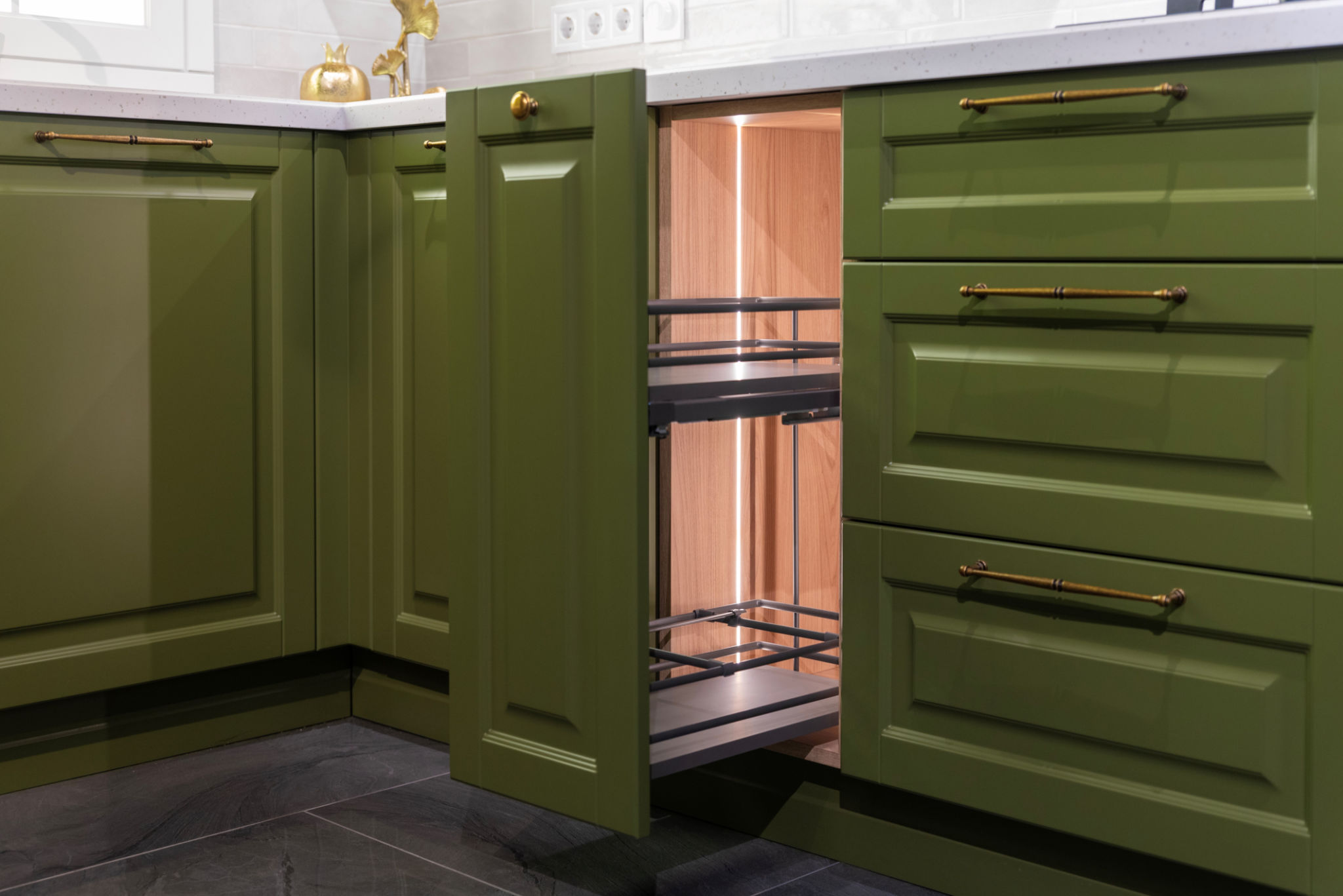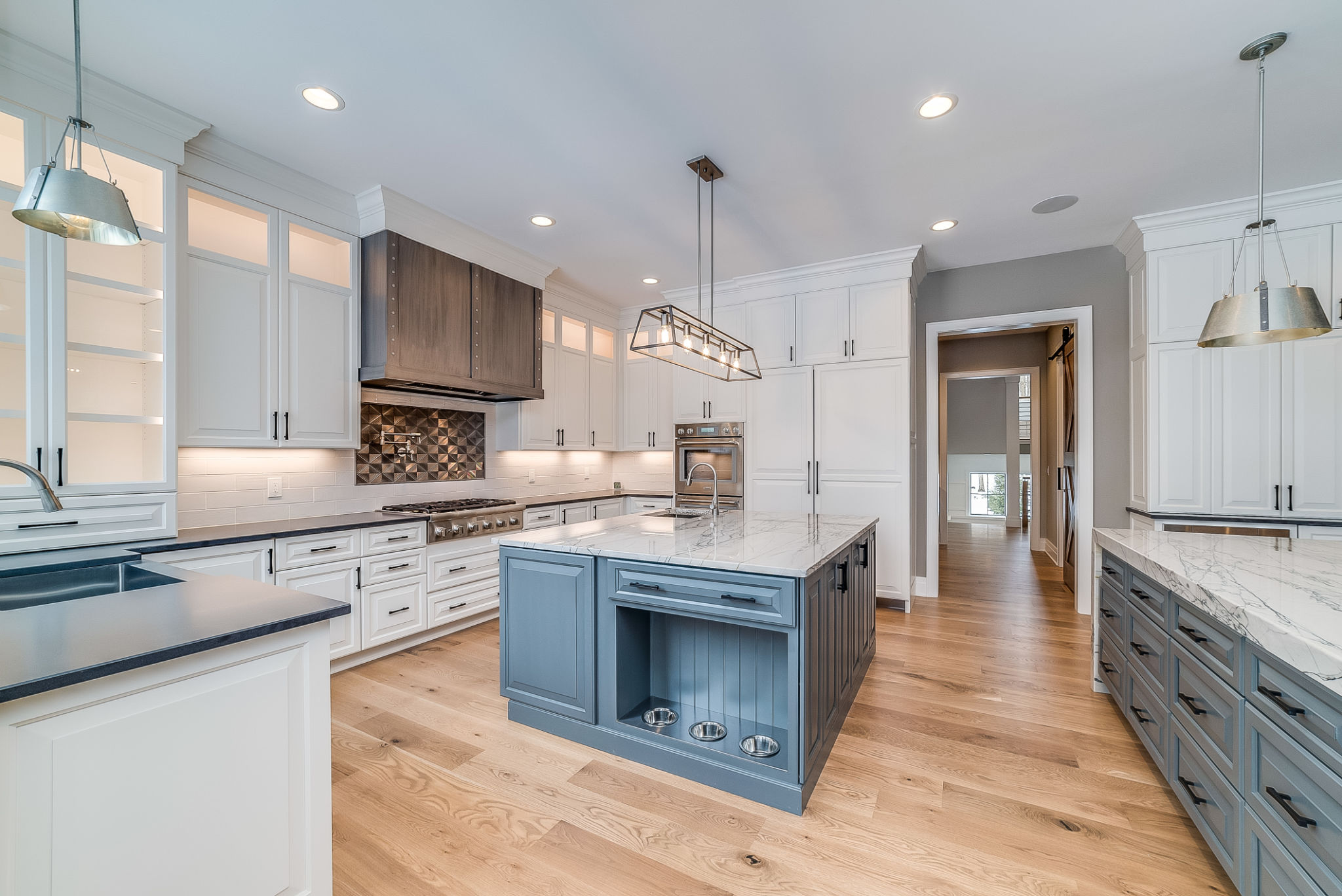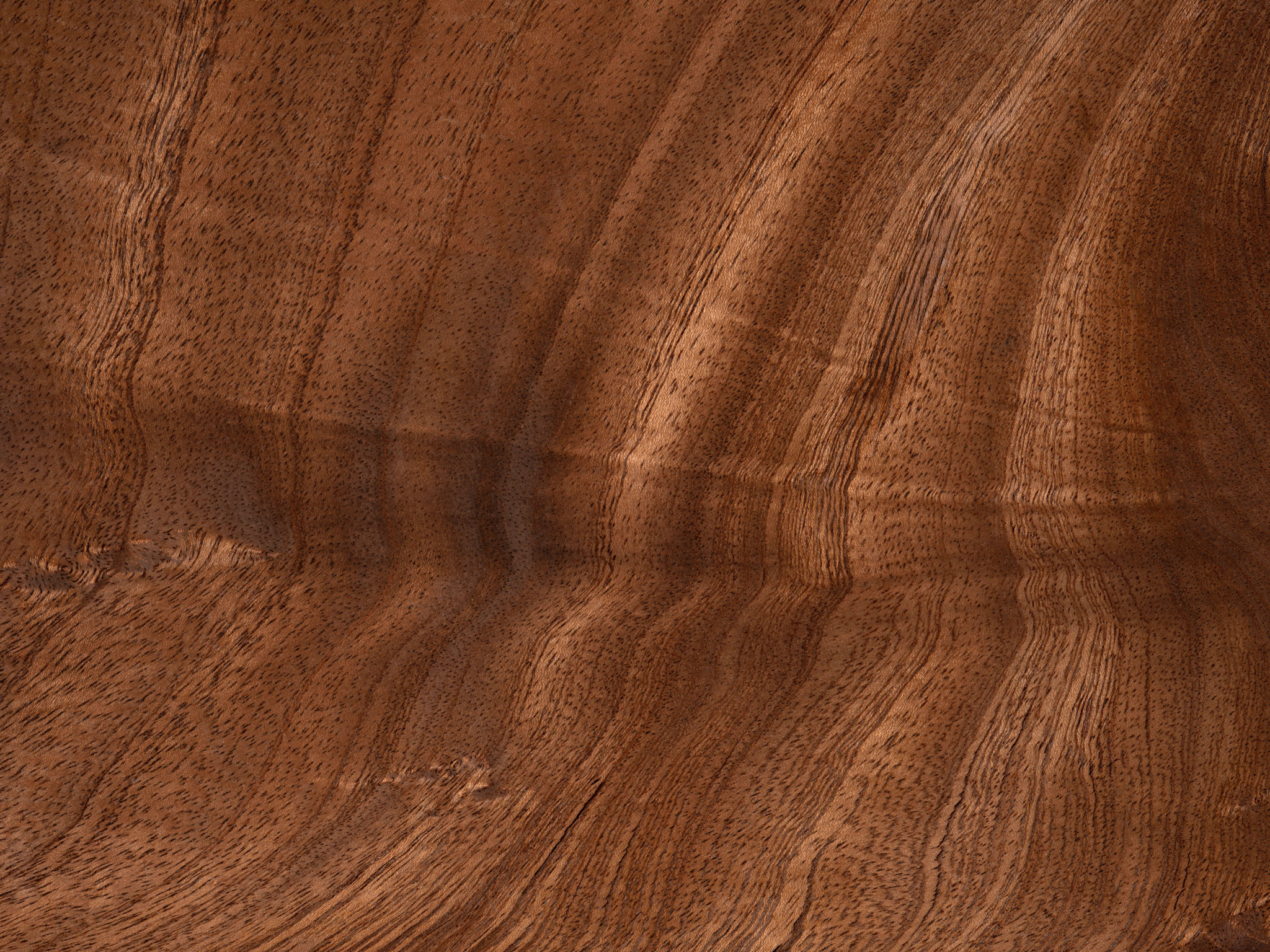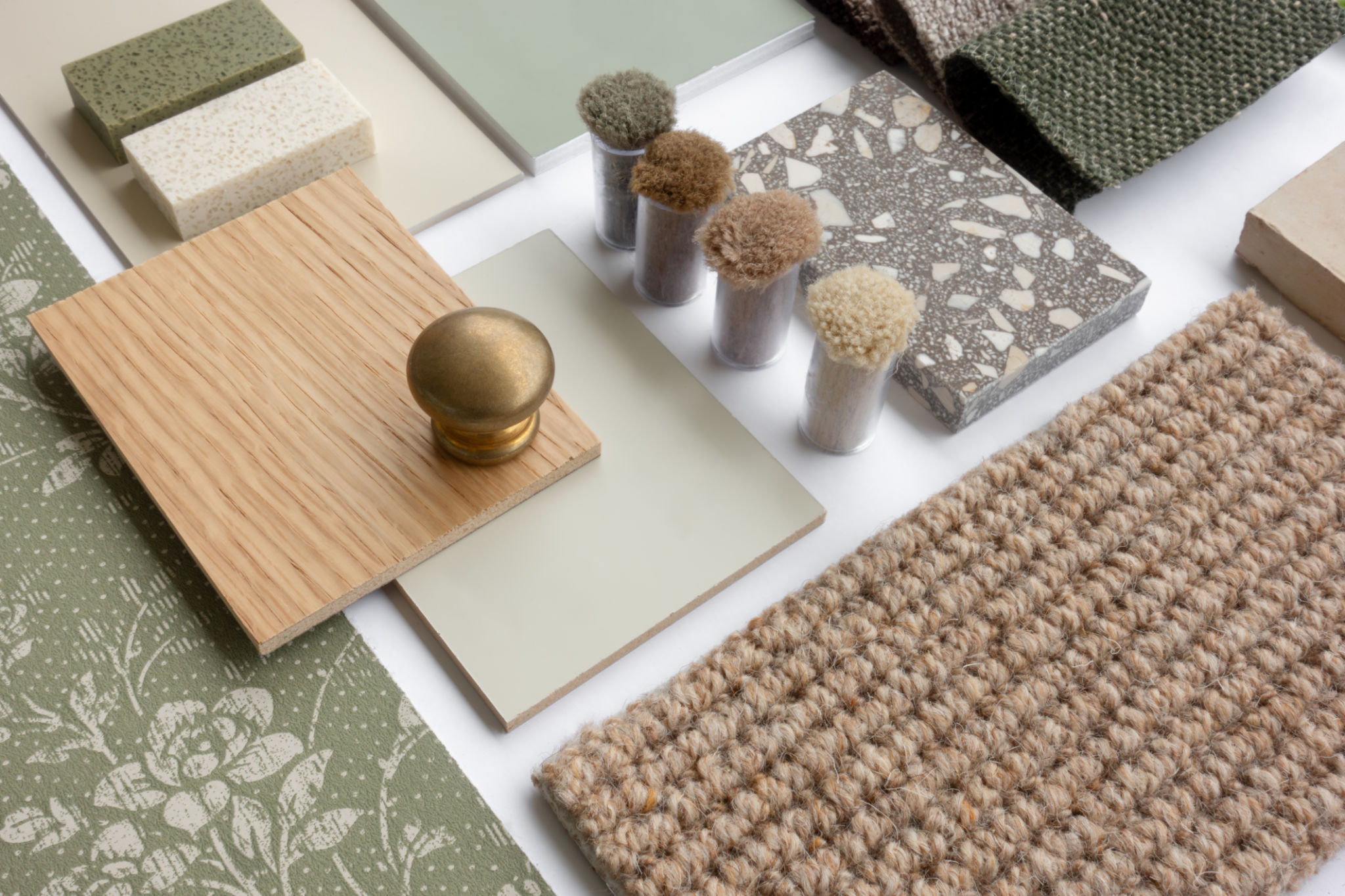Expert Tips for Selecting Custom Cabinets for Your Home
Understanding Your Needs and Style
When it comes to selecting custom cabinets for your home, the first step is to understand your specific needs and personal style. Consider the primary purpose of the cabinets. Are they for storage, display, or a combination of both? Identify the rooms where you need them and think about how the design can complement the existing decor. Defining your style, whether it be modern, traditional, rustic, or eclectic, will help narrow down your choices significantly.
It’s also important to think about how you utilize the space. For kitchens, consider how much cookware you own and whether you need specialized compartments. In living rooms, you might want display shelves for books or art pieces. Identifying these needs early on ensures that the custom cabinets serve their intended purpose effectively.

Material Matters
The material you choose for your custom cabinets is crucial not only for aesthetic purposes but also for durability. Popular materials include solid wood, plywood, medium-density fiberboard (MDF), and metal. Each offers distinct advantages. Solid wood provides a timeless look and is highly durable, while MDF offers a smooth finish that can be painted or laminated with ease.
Consider the environment in which the cabinets will be placed. For instance, kitchen cabinets should be made from materials that can withstand moisture and heat. In contrast, living room cabinets may prioritize appearance over resilience. Consult with your contractor to understand the pros and cons of each material in relation to your specific requirements.

Choosing the Right Finish
The finish of your custom cabinets can greatly impact the overall look of your space. Options range from natural wood stains to painted finishes and high-gloss lacquers. If you prefer a classic look, a natural wood finish may be ideal, while high-gloss finishes suit modern interiors perfectly.
Consider the color scheme of your room when selecting a finish. Lighter finishes can make a small room appear larger and more open, whereas darker tones add a touch of elegance and warmth. Experimenting with different samples can help you visualize what works best in your space before making a final decision.

Functionality and Storage Solutions
Custom cabinets should not only look good but also be functional. Think about incorporating innovative storage solutions like pull-out shelves, lazy Susans, and built-in organizers to make the most out of your space. Smart storage options can enhance accessibility and organization, making everyday tasks more convenient.
Incorporate adjustable shelving to adapt to changing storage needs over time. This flexibility ensures that your cabinets remain functional even as your lifestyle evolves. Don’t forget to consider additional features like soft-close hinges and drawer slides for a touch of luxury and enhanced usability.
Working with Professionals
Partnering with experienced professionals can make the process of selecting custom cabinets much smoother. Interior designers and cabinet makers can provide valuable insights based on their expertise and experience. They can help you refine your ideas and offer solutions that you might not have considered.
When choosing professionals to work with, review their portfolios to ensure their work aligns with your vision. Clear communication is key to ensuring that the final product meets your expectations, so don’t hesitate to ask questions throughout the design and installation process.

Budgeting Wisely
Custom cabinets are an investment in your home, so it’s essential to budget wisely. Prices can vary widely based on material, finish, size, and design complexity. Determine what aspects are most important to you and allocate funds accordingly. A well-planned budget will help prevent unexpected expenses during the project.
Consider getting multiple quotes from different suppliers to find competitive pricing without compromising on quality. Remember that while cost-saving is important, investing in high-quality materials and craftsmanship can pay off in the long run through durability and satisfaction.

